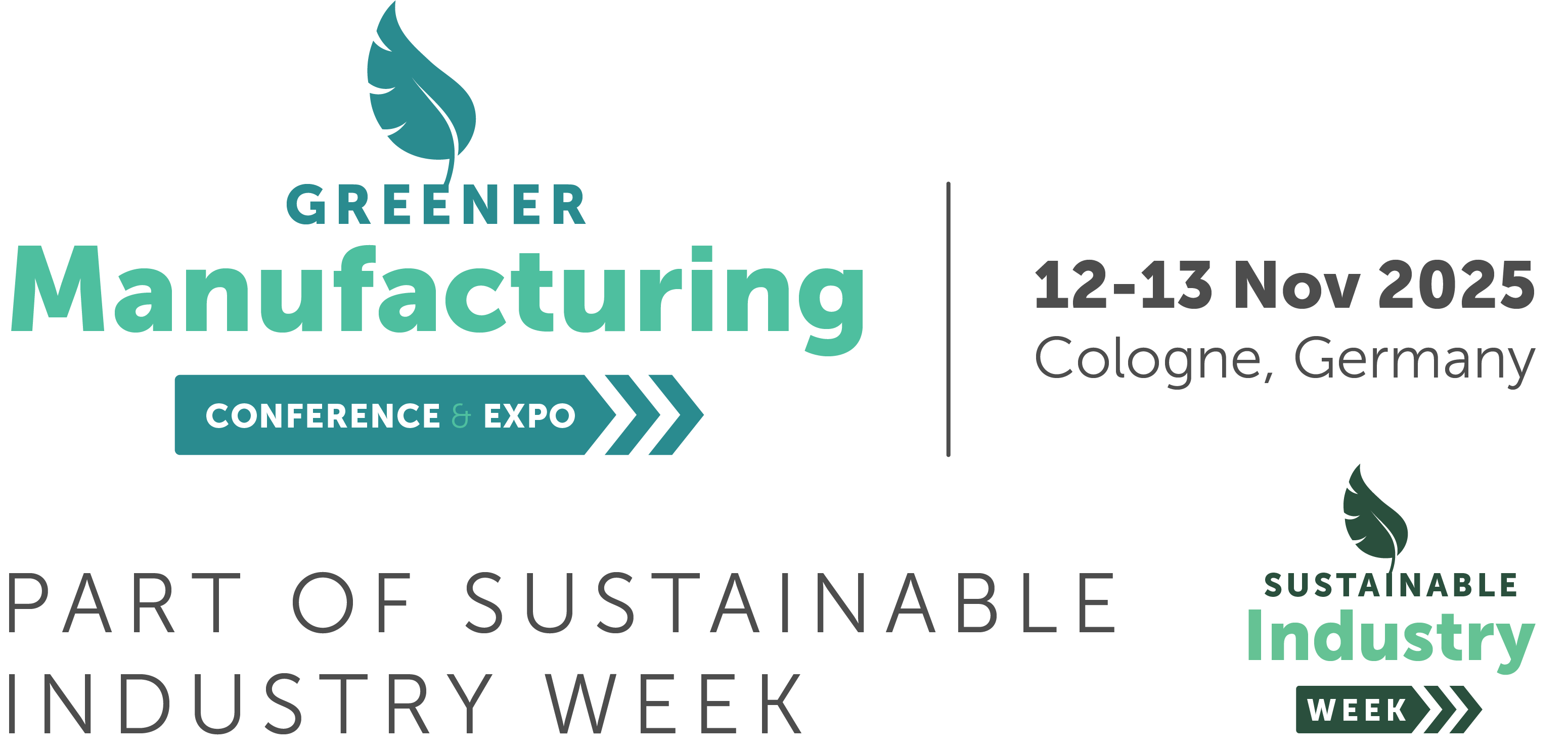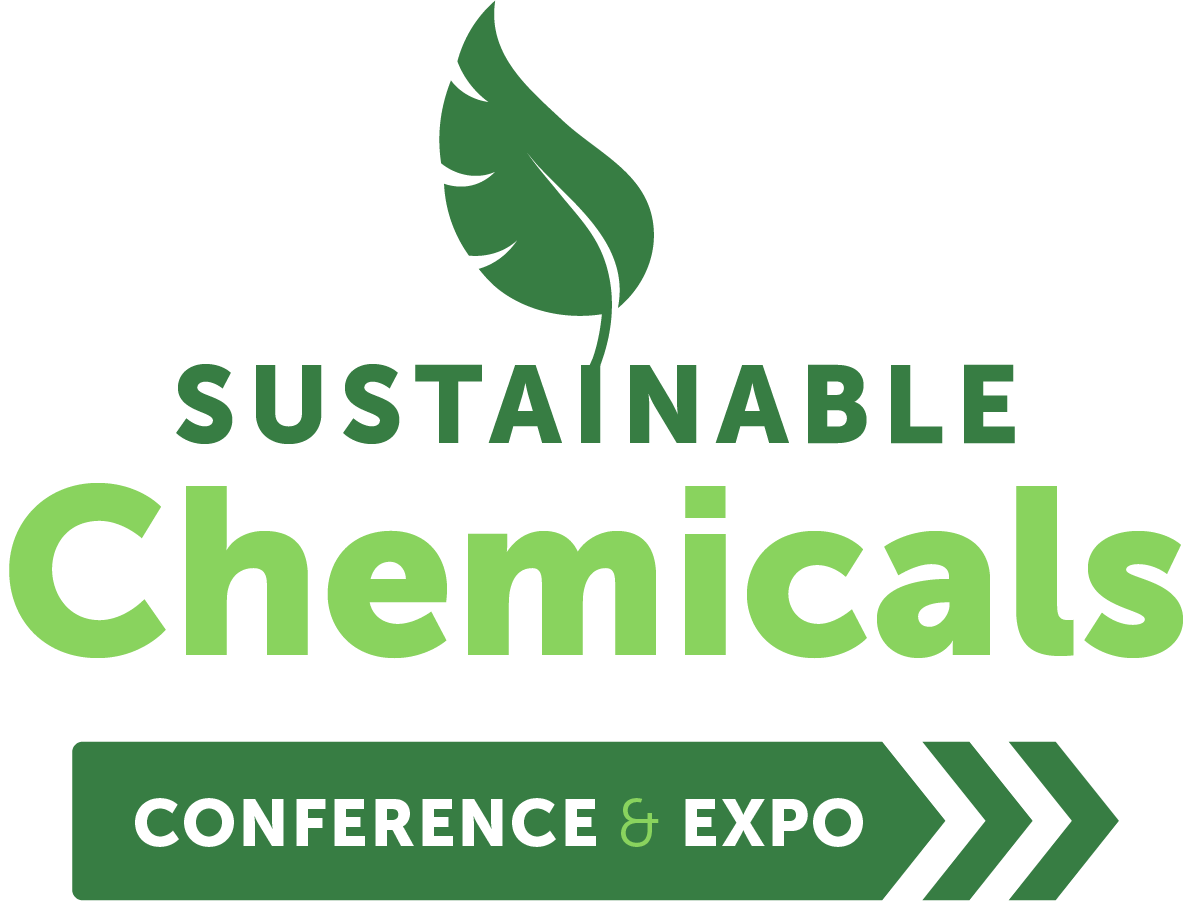CO2 Absorbing Aprons Worn by Staff in Swedish Restaurant
)
Produced in a trial scheme by H&M supported researchers, the CO2 absorbing aprons are being worn by staff in a restaurant in Stockholm, Sweden.
After the aprons are used, they are heated to 30-40 degrees Celsius to release the CO2 stored —this is then used in the restaurant’s greenhouse to feed plants.
The chemical process developed by the Hong Kong Research Institute of Textile and Apparel (HKRITA) is based on amine-containing solution which is used to treat cotton, fibre, yarn or fabric. This allows the material to attract CO2, stabilise it and store it on the surface of the textile.
The team drew inspiration from techniques employed in chimneys of coal-fired power plants to reduce emissions.
"Many power plants have to scrub as much carbon dioxide as they can out of the air before the exhaust is released," said HKRITA CEO Edwin Keh. "We thought 'why don't we try to replicate that chemical process on a cotton fibre".
One apron can absorb around a third of CO2 a tree absorbs per day.
"The (capturing) capacity isn't super high but this is quite inexpensive to produce and quite easy, and we think there are a lot of potential applications," said Keh.
The fashion giant that has been heavily criticised for its immense negative environmental impact, claims this technology could potentially be a game changer in reducing CO2 emissions.





